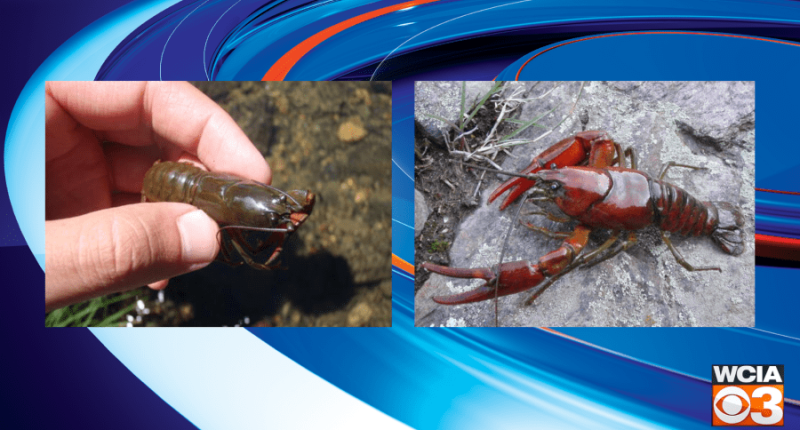Share this @internewscast.com

CHAMPAIGN-URBANA, Ill. (WCIA) — Researchers from the University of Illinois studying an invasive crayfish species have made an intriguing discovery: two new species that had previously been confused with the Signal Crayfish.
The Signal Crayfish, known for its invasive nature, has spread across Europe, Asia, and areas of the United States. During their study of the Signal Crayfish, U of I researchers identified two distinct species, the Okanagan Crayfish and the Misfortunate Crayfish, residing in the Pacific Northwest.
Eris Larson, a study co-author and associate professor in the Department of Natural Resources and Environmental Sciences, is affiliated with the College of ACES.
“I think we underestimate how rich the biological world around us can be,” Larson told the Colleges of ACES. “People are surprised to learn that there are over 600 described species of crayfish globally, and now, there are two more.”
Over the years, scientists had investigated “unusual looking crayfish” by studying their genetics. Larson and his team used a process called “genome skimming” to compare crayfish lineages. Through the process — along with field sampling and other analysis methods — the Okanagan Crayfish and Misfortunate Crayfish were discovered.
“Most research on the Signal Crayfish focuses on its role as an invasive species,” Larson said. “I think people would be surprised that within its native environment, we missed that this animal we thought was the Signal Crayfish was actually harboring multiple, undescribed species.”
Larson hopes that this discovery leads to conservation action. The new species may be vulnerable to extinction and displacement, especially from invasive crayfish. A large part of this issue stems from people moving species between different ecosystems.
Larson advised against using invasive species for fish bait or aquaculture or dumping them in classroom releases and aquarium dumps.
“There are unexpected consequences when we move crayfish from one place to another,” Larson said. “Invasive crayfish can’t easily be removed, and as they spread, they seem to be replacing these newly described crayfish species.”
The Misfortunate Crayfish got its name from this very issue — a species of invasive crayfish is actively taking over its habitat.
“By the time we discovered the Misfortunate Crayfish, it had already lost much of its native range to the invasive Rusty Crayfish,” Larson said. “That’s what gave us the idea for its name. This animal went unrecognized by science until a fairly unlucky event had happened, and that seemed like a little bit of a misfortune.”
Larson hopes this discovery helps to raise awareness for the Okanagan Crayfish and Misfortunate Crayfish and inspires others to protect them. Now, Larson is working on a slightly different mission: to study invasive species and understand the native species that are impacted.
You can read more details about the study here.













